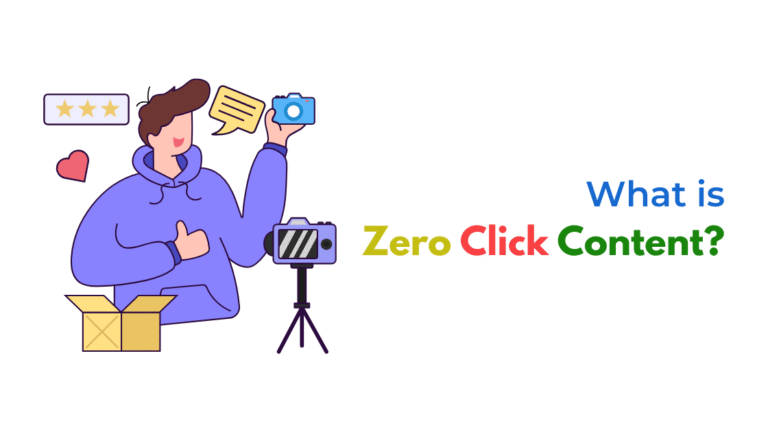If your pages aren’t ranking even with a strong keyword strategy, the issue often lies in poor content execution, low authority, technical SEO gaps, intent mismatch, or lack of supporting signals like backlinks and internal links. A keyword strategy is only effective when paired with proper implementation and optimization.

Introduction
You’ve done your keyword research. You’ve identified high-opportunity terms. You’ve even integrated them into your content. But your pages are still buried deep in search results, or not ranking at all. What’s going wrong?
A keyword strategy is the starting point, not the whole strategy. To earn visibility, your pages need more than good keywords—they need relevance, authority, structure, and clarity.
Let’s break down the most common reasons your keyword-focused pages aren’t ranking—and how to turn that around.
1. Keywords Are There, But the Content Falls Short
Problem:
You’ve added the keywords, but the page doesn’t fully answer the searcher’s question or match the depth of top-ranking content.
Fix:
- Analyze top-ranking competitors for your keywords.
- Expand your content to include subtopics, FAQs, examples, and visuals.
- Use tools like Surfer SEO or Clearscope to evaluate content completeness.
2. Search Intent Doesn’t Match
Problem:
Even with the right keyword, if your page format doesn’t match the user’s intent, Google may rank others instead.
Fix:
- Identify whether the keyword reflects informational, navigational, or transactional intent.
- Match the content type: blog post, landing page, product page, etc.
- Optimize for what Google currently favors for that keyword (listicles, guides, videos, etc.).
3. Low Domain or Page Authority
Problem:
Your site—or the specific page—may not have enough trust signals (backlinks) to rank competitively.
Fix:
- Build backlinks from relevant, high-authority sites to your target page.
- Strengthen internal linking from authoritative pages on your own site.
- Use digital PR, guest blogging, and outreach to support link-building.
4. Weak On-Page Optimization
Problem:
You’re using keywords, but not placing them in SEO-critical areas.
Fix:
- Include your target keyword in the title tag, H1, meta description, and URL.
- Use related and semantic keywords (LSI terms) throughout the content.
- Optimize images, internal links, and content structure for clarity and crawlability.
5. Technical SEO Barriers
Problem:
Search engines may be blocked from crawling or indexing your pages.
Fix:
- Use Google Search Console to inspect affected URLs.
- Check for
noindextags, canonical errors, crawl blocks in robots.txt, or sitemap exclusions. - Fix broken internal links, redirects, and mobile usability issues.
6. Not Enough Supporting Content
Problem:
Single pages targeting competitive keywords need content clusters to support authority.
Fix:
- Build topic clusters: publish related sub-topic articles and link them to your main page.
- Create a content hub model where your main page is the pillar.
- Link consistently using keyword-rich anchor text.
7. You’re Competing With Big Players
Problem:
Large sites like Wikipedia, Amazon, or high-DA blogs may dominate your target keyword space.
Fix:
- Focus on long-tail variations of your main keywords.
- Find underserved content angles or local modifiers (e.g., “for freelancers,” “in Austin”).
- Position yourself with unique data, case studies, or expertise.
8. Content Isn’t Indexed or Discovered
Problem:
Google can’t rank what it hasn’t found—or hasn’t crawled properly.
Fix:
- Submit URLs manually via the URL Inspection Tool in Search Console.
- Ensure your sitemap includes all important content.
- Promote new pages via internal linking, social media, or external sources to accelerate indexing.
9. Poor Engagement Signals
Problem:
Even if your page ranks briefly, low dwell time or high bounce rates can push it down.
Fix:
- Improve page layout for skimmability: use headings, bullets, visuals.
- Add clear CTAs and next-step links to reduce bounces.
- Optimize content readability and match it to user expectations.
10. Over-Optimized or Keyword-Stuffed Content
Problem:
Using keywords too aggressively can appear manipulative and harm rankings.
Fix:
- Aim for natural keyword placement—read aloud to check for flow.
- Use synonyms and related terms to reinforce context.
- Avoid repeating keywords excessively in headers, meta tags, or anchor text.
Final Thoughts: A Keyword Strategy Is a Map—Not the Journey
Having the right keywords is only part of the SEO puzzle. Execution—through user-focused content, technical excellence, topical authority, and strategic distribution—is what turns a strong keyword strategy into search engine rankings.

How Socinova Can Help
At Socinova, we help businesses turn keyword strategies into search visibility through:
- Keyword-to-content mapping and optimization
- Full content audits and rewriting plans
- Authority-building backlink campaigns
- Ongoing SEO performance tracking and strategy tuning
Let’s make your keywords work.
Contact us today for a personalized SEO execution plan that gets real results.




